During a period of his life, the famous author Charles Dickens suffered from severe insomnia, leading him to wander the gas-lit streets of London at midnight. While he famously chronicled his "night walks," Dickens wasn’t alone in experiencing such fragmented sleep patterns. Long before electric lights, many people followed a similar sleep routine. A 2015 paper in Current Biology revealed that three pre-industrial societies in Tanzania, Namibia, and Bolivia also practiced this “split-sleep” habit. A report by Inverse linked this medieval sleep pattern to what we now refer to as “polyphasic sleep.”
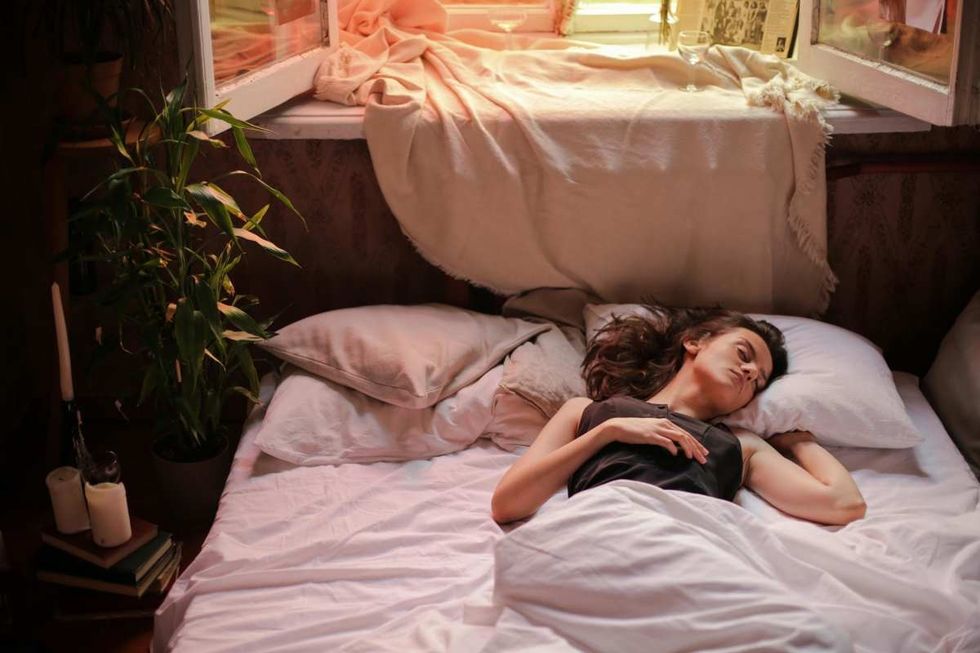
In this research, scientists who studied these three hunter-gatherer and hunter-horticultural societies found that these people stayed up for hours after sunset. These civilizations didn’t have access to electricity and their only source of light after dark was a campfire. They slept for 4 to 5 hours and then woke up to do certain activities like reading, walking, or eating small meals. This looks similar to what Spain’s people call their “afternoon siestas,” in which they close their shops during noontime to relax, nap, or have a cup of coffee.

As it turns out, “polyphasic sleep” or “segmented sleep” is a well-renowned concept in sleep psychiatry. Polyphasic sleep is the practice of sleeping in multiple smaller segments during the day as opposed to sleeping once as is common in many countries. Apart from Dickens, some of the most eminent personalities in history used to have this habit, including Thomas Edison, Nikola Tesla, Napoleon Bonaparte, Salvador Dali, Benjamin Franklin, and even Albert Einstein.
“These historical figures' quirky sleep habits may seem eccentric, but they offer us a unique lens through which to explore the human experience of sleep. Whether it's polyphasic slumber, midnight walks, or dream-infused artistry, these peculiar sleep patterns remind us that, throughout history, sleep has been as much an art as it is a science — a canvas where creativity, genius, and individuality converge in the world of dreams,” Alen Juginović, a doctor and researcher at Harvard Medical School who studies the effect of poor sleep quality on health, explained in an article.
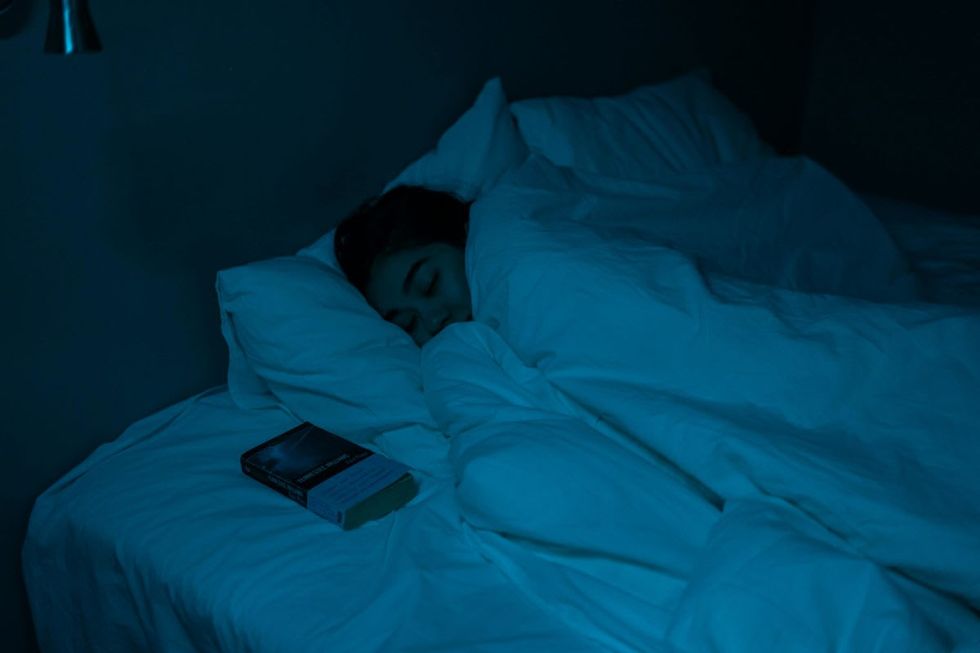
Adding to the sleep habits of ancestors, the researchers of this 2015 study related the cause of modern-day insomnia with the advent of electric lighting and technological development. “The invention of the electric light, followed by the development of television, the Internet, and related technologies, along with increased caffeine usage, has greatly shortened sleep duration from ‘natural’ levels and disrupted its evolved timing,” they wrote in the paper, adding that the “reduction in sleep duration has been linked to obesity, mood disorders, and a host of other physical and mental illnesses thought to have increased recently.”
One of the greatest advantages of polyphasic sleep is that it enables the person to directly plunge into deep sleep. “If you look at the standard sleep period, our sleep is typically deepest at the beginning of the night, and then it's getting more and more shallow,” Mathias Basner, professor of sleep psychiatry at the University of Pennsylvania’s Perelman School for Medicine, told Inverse, and added, “You're basically capitalizing on this deeper sleep at the beginning of the sleep period.”
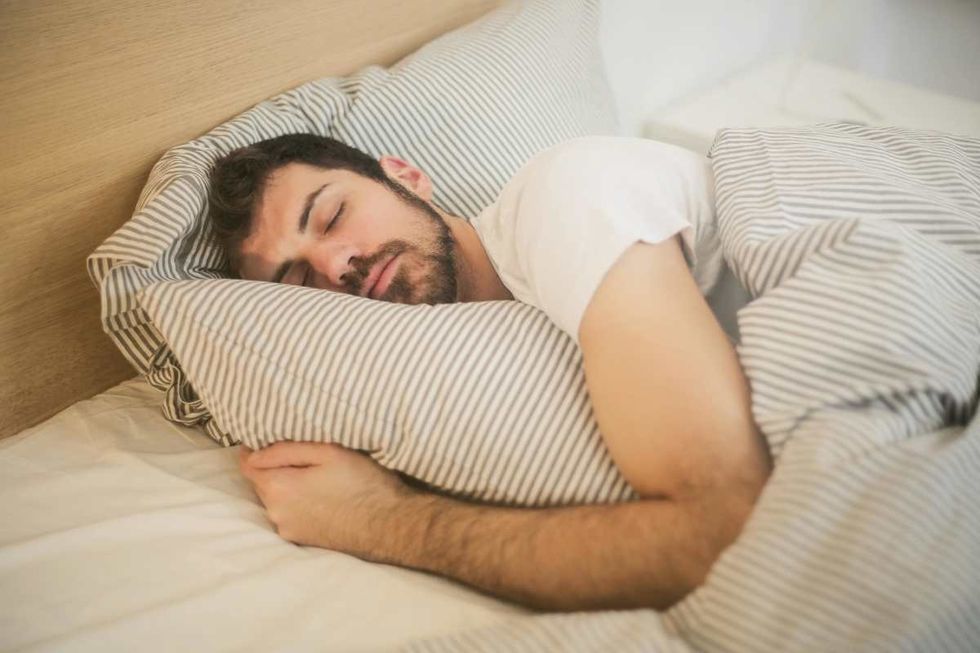
However, this kind of sleep pattern has its cons. Basner said that switching between the processes of falling asleep and waking up is not so simple. “The brain needs time to come online again to fire up all the systems,” he said. “It can take up to an hour or even longer, depending on which state you're awake from, to be fully alert again.” This sleep inertia could possibly impact productivity, and hamper a person from using their daytime to the fullest.
However, Roger Ekirch, who is probably the biggest expert on “segmented sleep,” believes that this kind of sleep is extremely beneficial for those who regularly suffer from insomnia. He explained to Harpers Magazine that segmented sleep can help insomniacs “fall back asleep by easing their anxiety.” But, for people who don’t have insomnia, probably the regular 7 to 8-hour sleep is the best thing to continue. Changing it could disturb their circadian rhythms, “There's no going back because conditions have changed,” Ekirch told BBC.




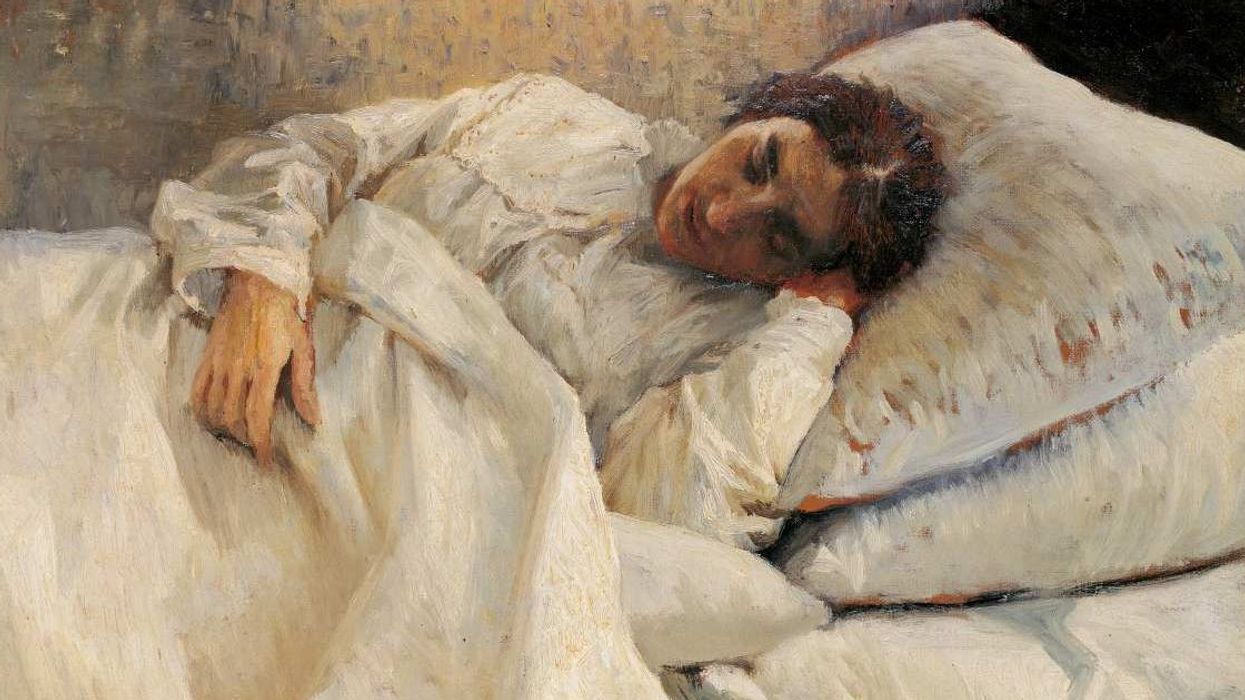












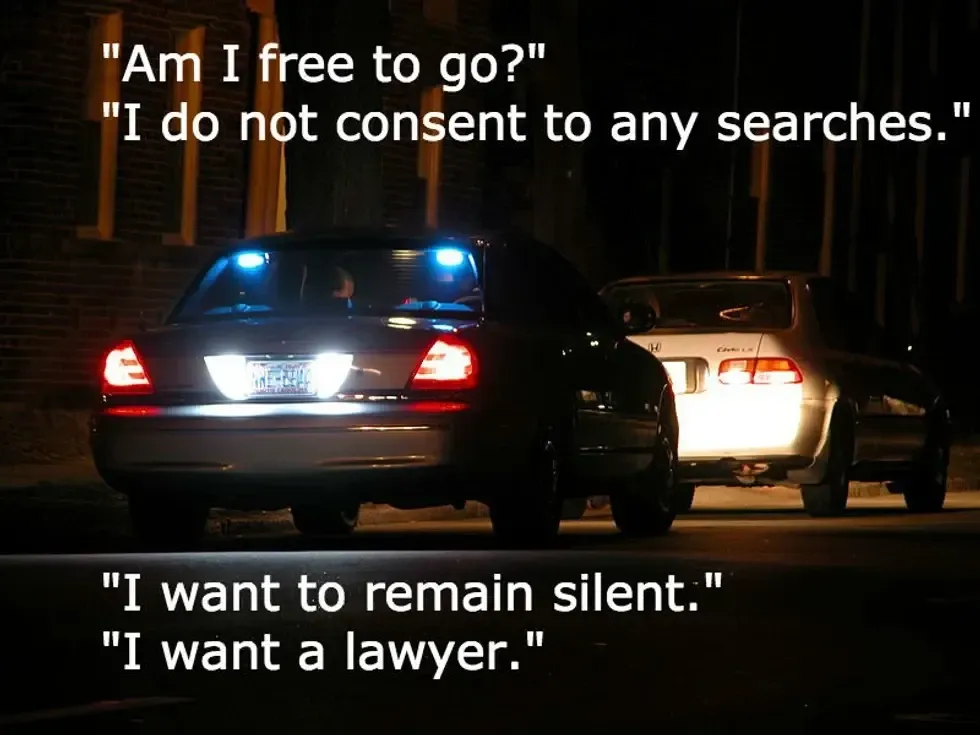 Image by Ildar Sajdejev via GNU Free License | Know your rights.
Image by Ildar Sajdejev via GNU Free License | Know your rights.


 Bill Gates Swag GIF
Bill Gates Swag GIF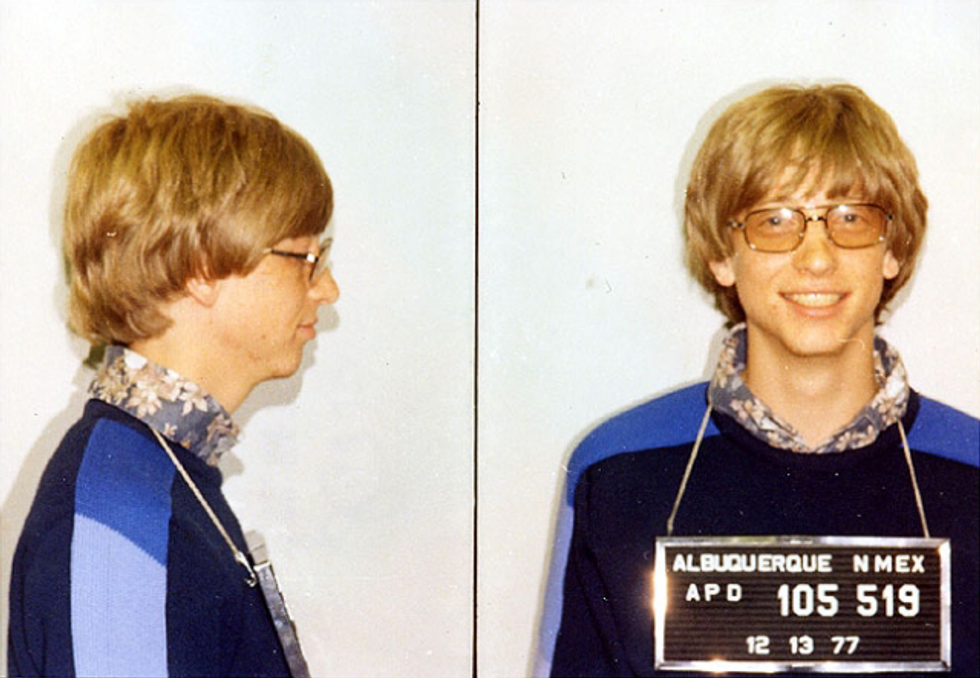 File:Bill Gates mugshot.png - Wikipedia
File:Bill Gates mugshot.png - Wikipedia
 Representative Image Source: Pexels| Enzo Varsi
Representative Image Source: Pexels| Enzo Varsi Representative Image Source: Pexels| Markus Spiske
Representative Image Source: Pexels| Markus Spiske Representative Image Source: Pexels| Nguyen Huy
Representative Image Source: Pexels| Nguyen Huy Representative Image Source: Pexels| Ana Benet
Representative Image Source: Pexels| Ana Benet
 Representative Image Source: Pexels | Anastasia Shuraeva
Representative Image Source: Pexels | Anastasia Shuraeva Representative Image Source: Pexels | Liza Summer
Representative Image Source: Pexels | Liza Summer Representative Image Source: Pexels | Yankrukov
Representative Image Source: Pexels | Yankrukov Representative Image Source: Pexels | Shkrabaanthony
Representative Image Source: Pexels | Shkrabaanthony Image Source: TikTok |
Image Source: TikTok |  Image Source: TikTok |
Image Source: TikTok | 
 Woman standing in tree pose on edge of infinity pool (Representative Image Source: Getty Images | PhotoAlto/Sigrid Olsson)
Woman standing in tree pose on edge of infinity pool (Representative Image Source: Getty Images | PhotoAlto/Sigrid Olsson) Five adults practicing yoga, standing on one leg (Representative Image Source: Getty Images | Thomas Northcut)
Five adults practicing yoga, standing on one leg (Representative Image Source: Getty Images | Thomas Northcut) Elderly couple doing calf stretches in a park (Representative Image Source: Getty Images | RGStudio)
Elderly couple doing calf stretches in a park (Representative Image Source: Getty Images | RGStudio)
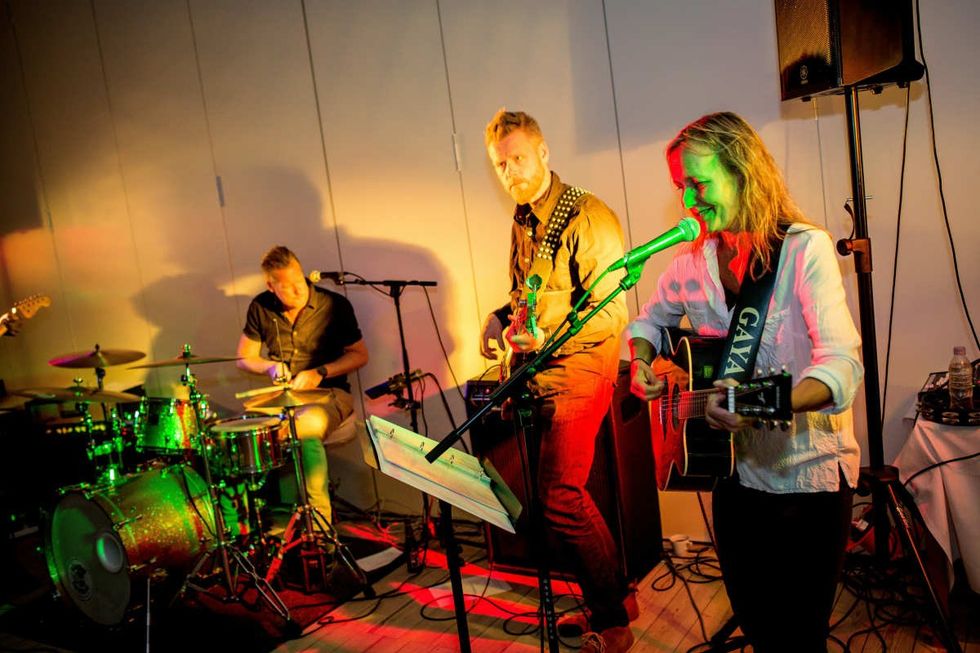 Representative Image Source: Pexels | Rene Terp
Representative Image Source: Pexels | Rene Terp Image Source: Instagram |
Image Source: Instagram |  Image Source: Instagram |
Image Source: Instagram | 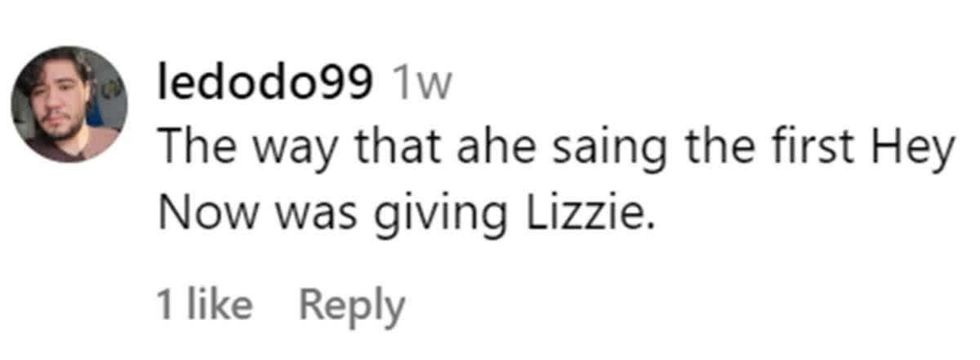 Image Source: Instagram |
Image Source: Instagram |  Image Source: Instagram |
Image Source: Instagram |